Welcome to my review of the Leica M10.This review contains a lot of high-resolution images, and all the photographs in this review was made by me with my own Leica M10. The images has been processed with Adobe Lightroom Classic CC 7.5 using either the embedded Leica M10 profile, the custom Huelight profiles from Colorfidelity or the Adobe Color profile. I hope you enjoy the photographs.
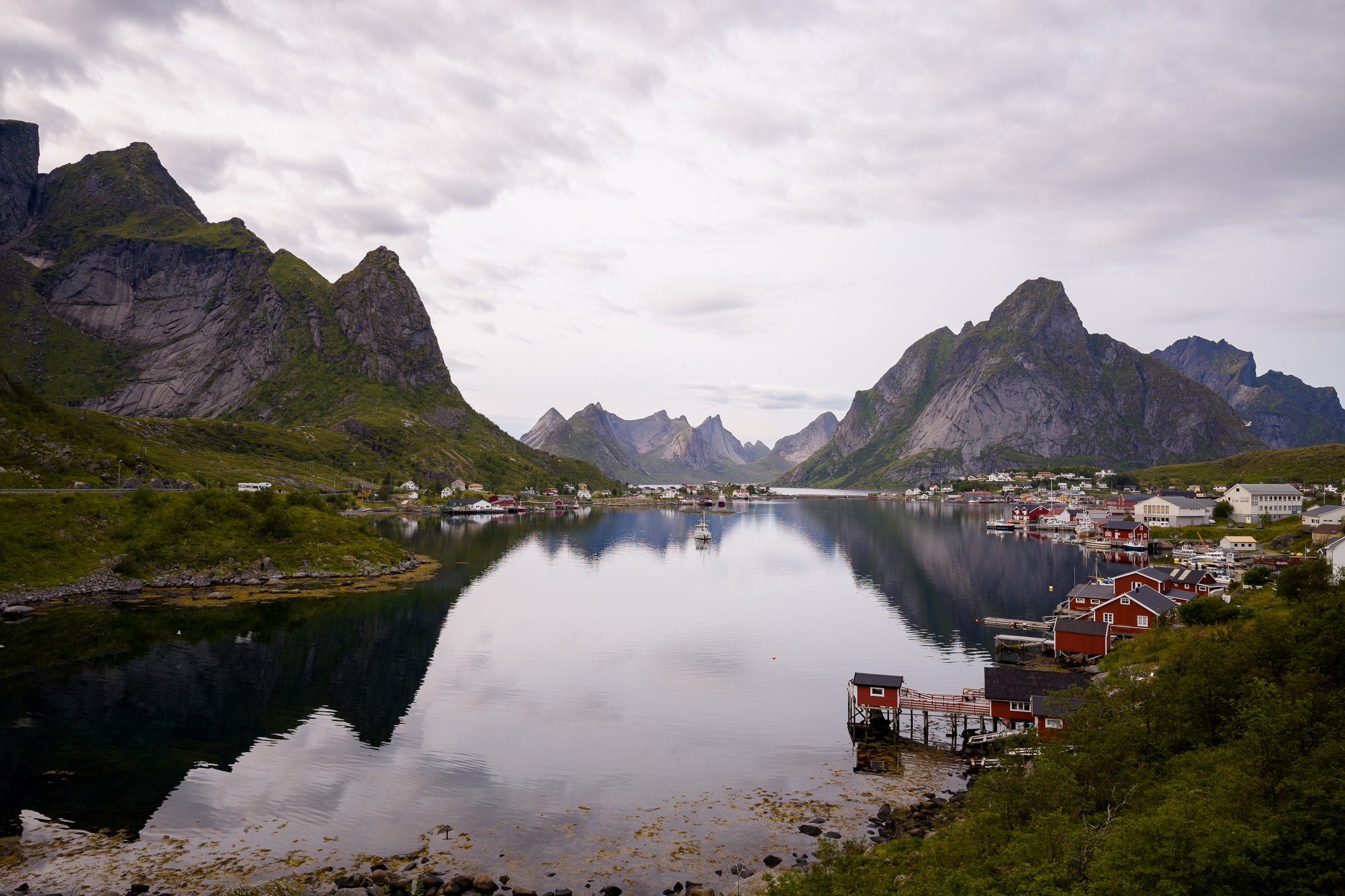
The Leica M10 is a beautiful camera – aesthetically and functionally. It’s a camera that should have had the name M11, but due to the M Typ 240, a camera that I’ve previously reviewed and owned for three years, it’s called the M10. It’s a suitable name for this camera, because it clearly is the spiritual successor to the M9. Design-wise, this camera is slimmer and is just about the same size as a Leica M7, and it’s very close to the M6 and MP, both of which are just slightly less tall but otherwise almost identical to the M10’s size.
Not only is the camera slimmer and slightly lighter than the M Typ 240, but it’s also significantly simplified. A few less buttons, and a more structured menu system, as well as revised and refined settings such as the improved auto-iso feature for example. The removal of the 3-stage on switch (off, on, continuous) also makes the photographer less prone to accidentally flicking the switch to continuous when you actually didn’t mean to. This is a welcome change for me since I never use continuous shooting in the first place.
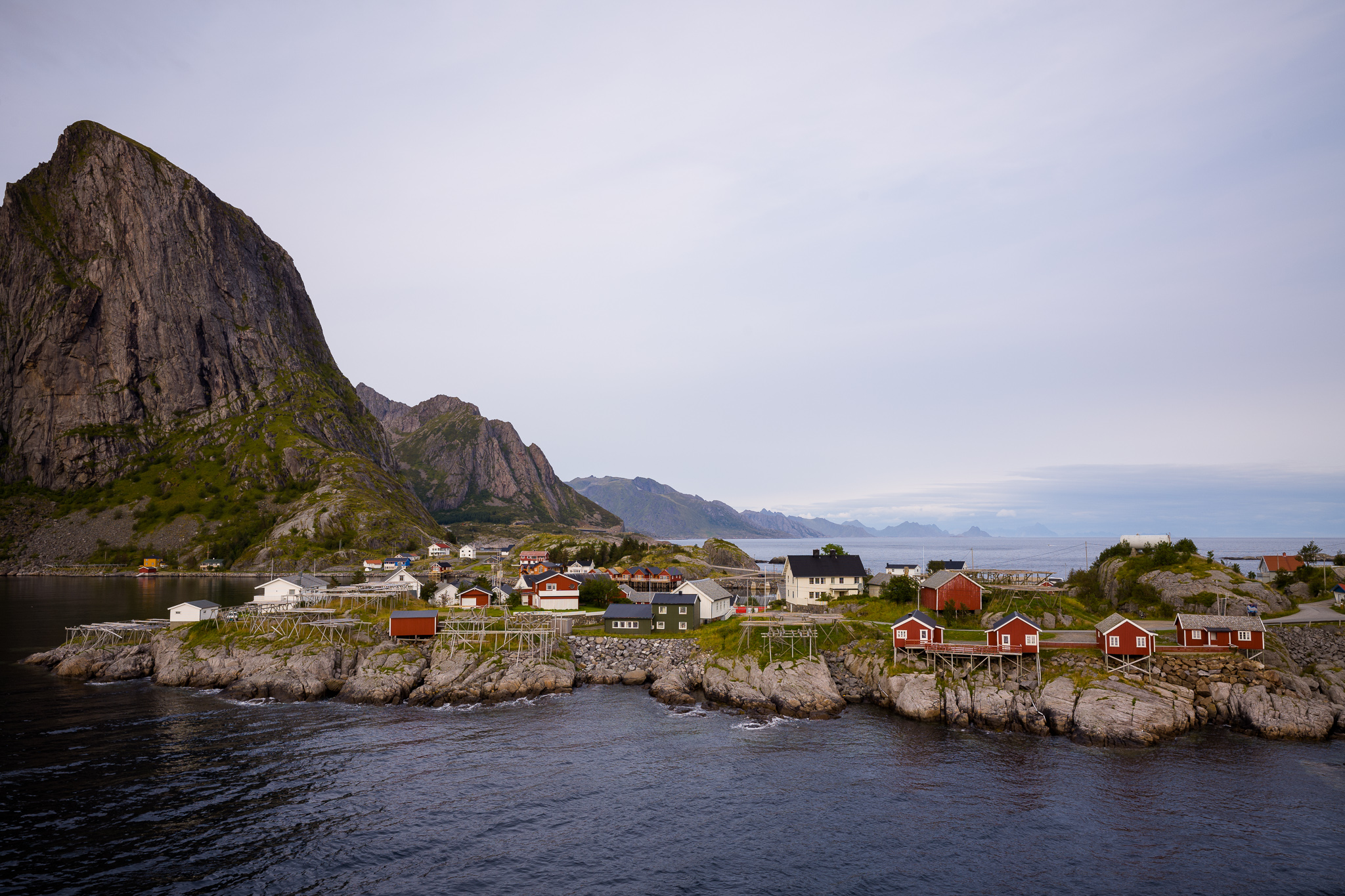
The viewfinder window is bigger, as is the magnification ratio and rear eye-piece. It makes focusing a lot easier, but at the same time the entire view is magnified, which means that framing with wide-angle lenses actually becomes slightly more challenging, since you have to look around inside the viewfinder to assess your composition. I do like the improved accuracy while focusing, but at the same time I wish that the eye relief would have been better. As a person that usually wears glasses, and that has deep eye sockets, it’s actually more difficult for me to compose an image with a 28mm or 35mm lens on the M10 compared to on the M Typ 240, M9, or even the M6 and MP. So I feel we have a trade-off here. The new viewfinder offers better focusing accuracy due to the magnified view, but a more challenging experience when composing images with wide-angle lenses – especially if you use glasses and have deep eye sockets.
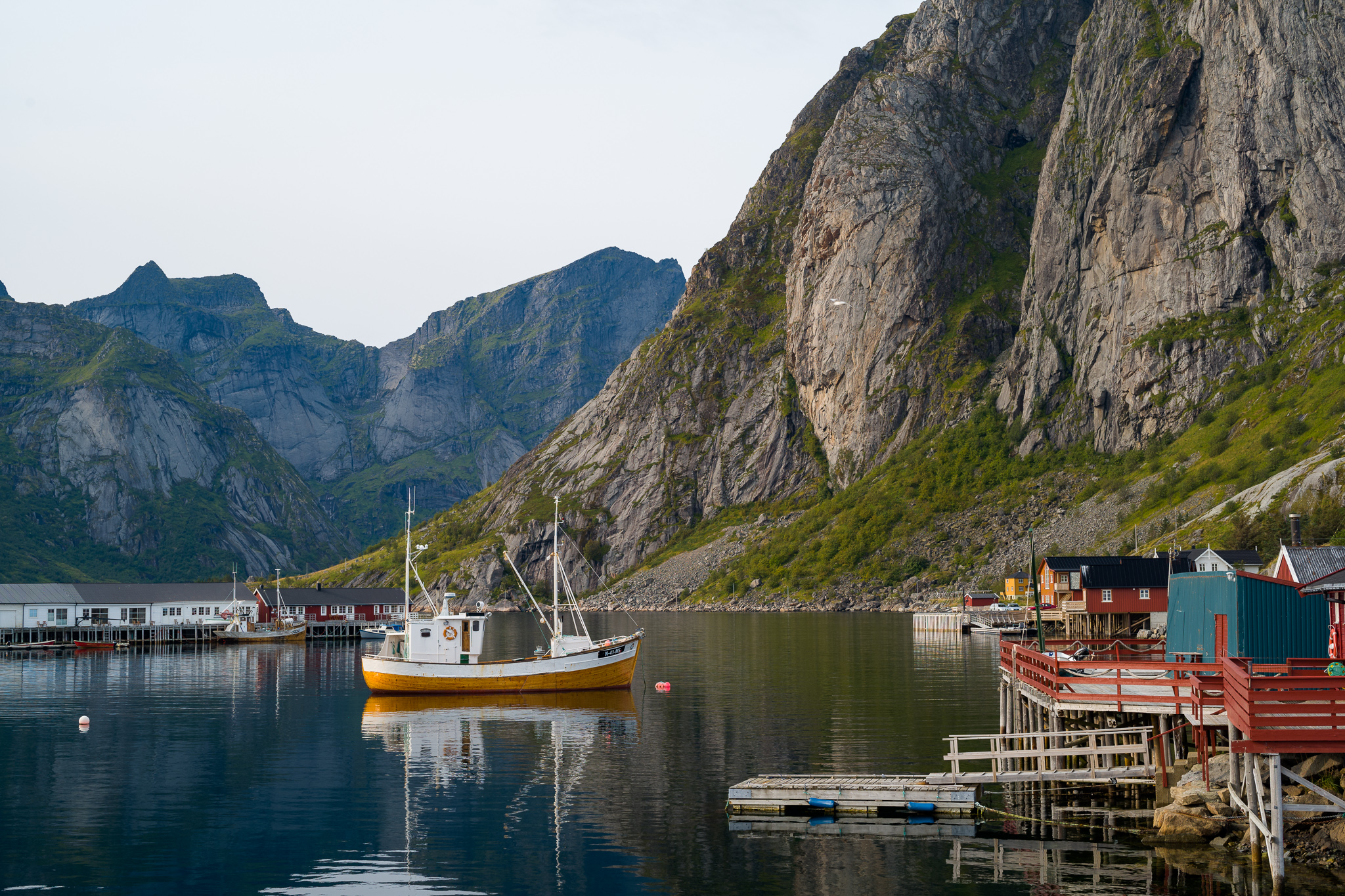
The ISO dial. Oh the ISO dial… The oh-so loved hated ISO dial that takes us back to the days of rewinding film. Or in my case, it just seems very familiar to my own MP, which I do rewind film on fairly frequently still. But OK, as nice as the design of this dial is – practical it most definitely is not. I could change the ISO setting much faster and easier on the M Typ 240 and the M9 (and the Monochrom versions of these cameras) than I can on the M10. Not only that, but I could also do more fine-tuned ISO adjustments (like choosing ISO 640 for example, or 250, 320, 1250, 2500, 4000, 5000…). You get the point. The ISO dial is a novel and cool feature but it’s a big step back in functionality and practicality. All I had to do to change the ISO setting on the M240 was to hold the ISO button and use the scroll wheel, and once the value I wanted was highlighted I could just bring the camera back up to my face and half press the shutter button for the setting to activate. To perform this procedure I never had to alter my grip on the camera body too much. But with the ISO dial I have to alter my grip on the camera a whole lot. Pull the ISO dial up (it’s stiff and really awkward to do with gloves on), give it a swirl and then push it down on the desired setting… If your desired setting is either ISO 100, 200, 400, 800, 1600, 3200, 6400 or M (which can be customised in the menus). Oh and if it’s dark then you have to find some light to be able to see what ISO setting you are at. This was never an issue when the ISO setting was displayed on the LCD screen of the M240 for example.

I have my M setting set to ISO 12500. But what if I want to choose ISO 320? 640? 1250? 2500? 4000? 5000? Nope, I can’t do that. Or I can, but I have to enter the main menu, then configure my “M” setting on the ISO dial to the ISO value I want, then swirl the ISO dial around until I get to the M setting, and then I’m ready to go. OK! The ISO dial is a cool feature, but I hate using it. It actually complicates the entire process of changing the ISO setting for me. And the dial should never have been lockable in the way it is either. I hope Leica goes back to the drawing board and starts out fresh on this one for their M11.
So the ISO dial is a mild catastrophe. But the auto-ISO feature has been nicely improved. You have the options to configure auto-ISO settings with a maximum ISO of 50000. And the maximum exposure times can be adjusted from 1/500s all the way down to 1/2s in 1-stop increments. The camera also supports setting the longest shutter time based on the focal length attached to the camera. Four options are available for this: 1/focal length, 1/2x focal length, 1/4x focal length. With these settings you can, if you have a 50mm lens attached for example, set the auto-ISO feature to use a minimum shutter speed of either 1/50s, 1/125s and 1/250s. I usually have mine set at 1/2x FL if I’m shooting in aperture priority.
Regarding the color science. It’s overall good. The tonality and rendering produced by the M10 is excellent. Coming from an M240, you will quickly notice that images are generally cooler looking, and not as warm as before. Just don’t think about using the embedded “M10” profile in Adobe Lightroom if you shoot in artificial or very dim light. It makes peoples faces look like pumpkins. Seriously, the embedded M10 profile is nice for daytime shots, but it’s completely flawed for night time or low-light shots. How this profile could pass the testing phase I have no idea about. But it is what it is. Personally I prefer to use the third-party Huelight profiles for Adobe Lightroom for my M10. I like the tonality and color balance these profiles give me much better, even though the yellows seems to be very strong and some times a bit too much, but that’s easy to fix. The M10 seems to pre-cook raw files based on my observations. The saturation, contrast and punch are fairly strong considering that the raw files are supposed to be untouched. Compared to the output from the SL – even with the same Leica lenses used on both cameras – the output from the M10 is consistently more saturated, contrasty and the images tend to be warmer as well.

I’m not so sure if I’m a big fan of this pre-cooking of the raw files, but I guess Leica wants the M to produce good looking files directly from the camera which doesn’t need a lot of post processing to shine. The Leica SL by comparison creates far more neutral raw files, which caters more to the professional users who prioritises color accuracy and consistency. Does this make the M10 a less professional camera? Not really. But the M-line, at least in its digital form, has never targeted the working professional photographer. It might be the weekend camera for these pro photographers, but it’s rarely their primary work tool. The Leica SL or medium format S cameras are intended to be the professional tools for working pros.

That doesn’t mean that the M10 can’t be used in a professional setting. It just means that it might not be the strongest camera for that type of setting, but as with everything, it all depends on what your work is and how you use your tools to make a living. In many situations the pre-cooked raw files from the M10 might be a huge time saver, as it can reduce the required processing time before the files are ready for either print or publishing.
The dynamic range of the M10 is actually fantastic, and much better than I had anticipated. It’s not as good as the Sony A7rIII or Nikon D850 of course, which are class leading cameras for dynamic range performance in the 35mm world. But the M10 isn’t far behind. At ISO 100 the dynamic range of the M10 is about a stop less than the A7rIII, but between ISO 200-640 the M10 and A7rIII are about neck to neck. Between ISO 800 and 12800 the difference is about 0.5 stops better dynamic range on the A7rIII consistently. For a Leica M this is definitely not bad. The sensor in the Sony A7rIII is still class leading in regards to dynamic range and read noise, only at ISO 64 is the Nikon D850 able to beat it.
This is a dynamic range performance comparison between the A7rIII and the M10:
And compared to the Nikon D850 the M10 is actually better at ISO 200-400, and between ISO 400-12800 the dynamic range is more or less identical as can be seen here:
Overall I find the dynamic range of the M10 to be fantastic and definitely nothing to sneeze at. The fact that it keeps pace with the D850 at anything but ISO 64-160 says it all. The M has never been intended to be a tripod camera, and typically when most people shoot hand-held they rarely do it at ISO values between 64-160. This applies especially to most Leica M shooters who normally shoot hand-held between ISO 400-3200 depending on the situation.
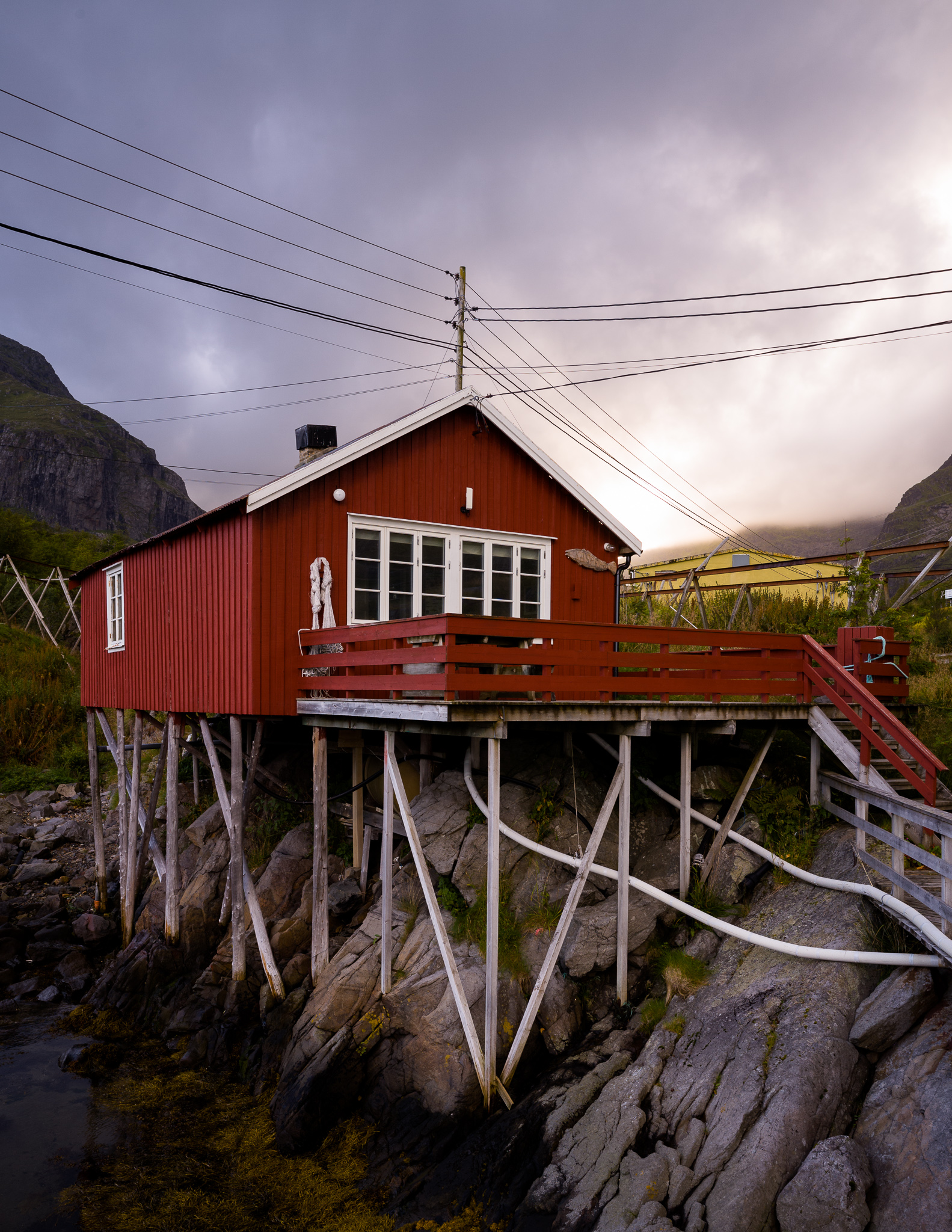
Noise performance on the M10 is great. Not fantastic, but better than average. The only issue I have with Leica in this regard is that the files from the M10 by default enables noise reduction if the files is imported to Adobe Lightroom. Depending on the ISO you made the picture at, any value between 5 to 40 of noise reduction is by default applied at the import stage. This makes people feel like the M10 is fantastic for low-light work, but it’s not as good as you would think it is, which is easily seen once you remove any software based noise reduction applied by Adobe Lightroom. I have made my own import profile in Lightroom which always sets the amount of noise reduction to zero, regardless of the ISO the image is shot at. I’d rather have a noisy and detailed image rather than a smooth plasticky looking image without fine details. The way Leica decided to implement this, as well as the color processing mentioned previously, makes me feel like they are catering for amateur photographers that just wants great images straight out of the camera, regardless if they shoot raw or jpeg. I’m not a fan of this practice, and I would hope that this trend doesn’t continue.
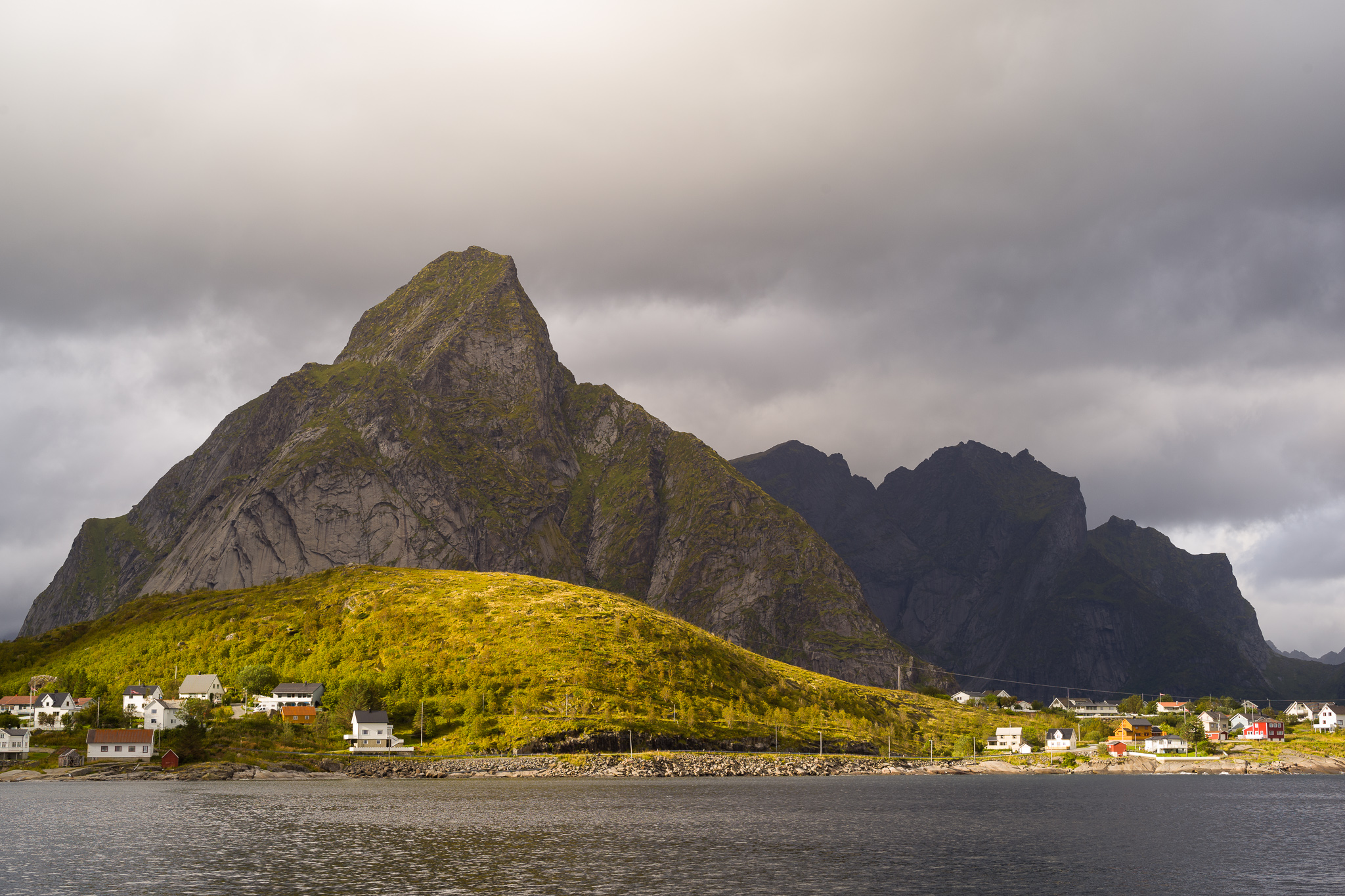
The battery life has taken a serious hit with the M10. The M240 had fantastic battery life, but it was also a thick and heavy camera, with big fat batteries that seemed to last forever. Due to the slimness of the M10 body, the size and weight of the batteries are reduced significantly, which also means reduced capacity. With the M240 I never felt like I had to bring a spare battery with me for a days of shooting. But with the M10 I always have to bring a spare, if not two, just in case. Without using the EVF or the live view functionality of the M10 I might be getting between 300-500 shots on one battery. That’s with auto power-off set to two minutes, and also with auto review turned off. If you start using the EVF or live view, and check your images fairly often, as well as use the wifi and GPS tagging if you have the EVF attached, then the number is at least halved, if not more. In a worst case scenario I would estimate around 100-150 photographs if you use the EVF, GPS, review your images often, and maybe beam an image or two over to your smart phone via wifi. When using the camera this way it also tends to get hot, but not in an uncomfortable way.
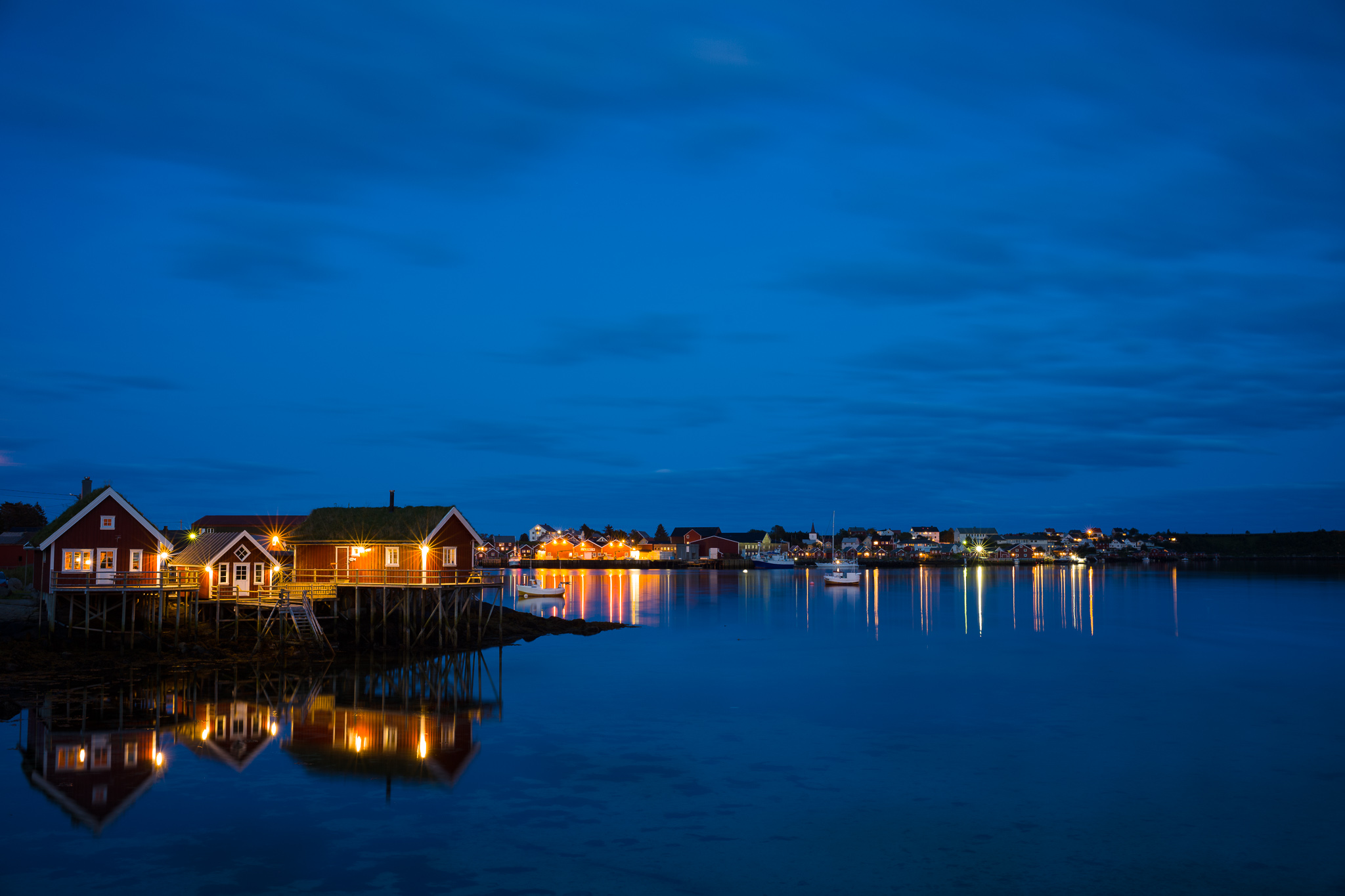
The one thing that I really miss on the M10 is the ability to charge the battery via a USB-C or Micro-USB connection. This is a feature that I absolutely love on my Sony A7rIII. I always travel with a battery pack as well as my MacBook Pro charger (which uses USB-C), and being able to charge my cameras battery on the go without the need to bring a specific charger and cable, and most importantly, not being near an outlet, is very liberating. I really hope that the M11 receives a USB-C port which allows charging the battery while it’s inside the camera without using any external power adapters. This is a feature that every camera should have!
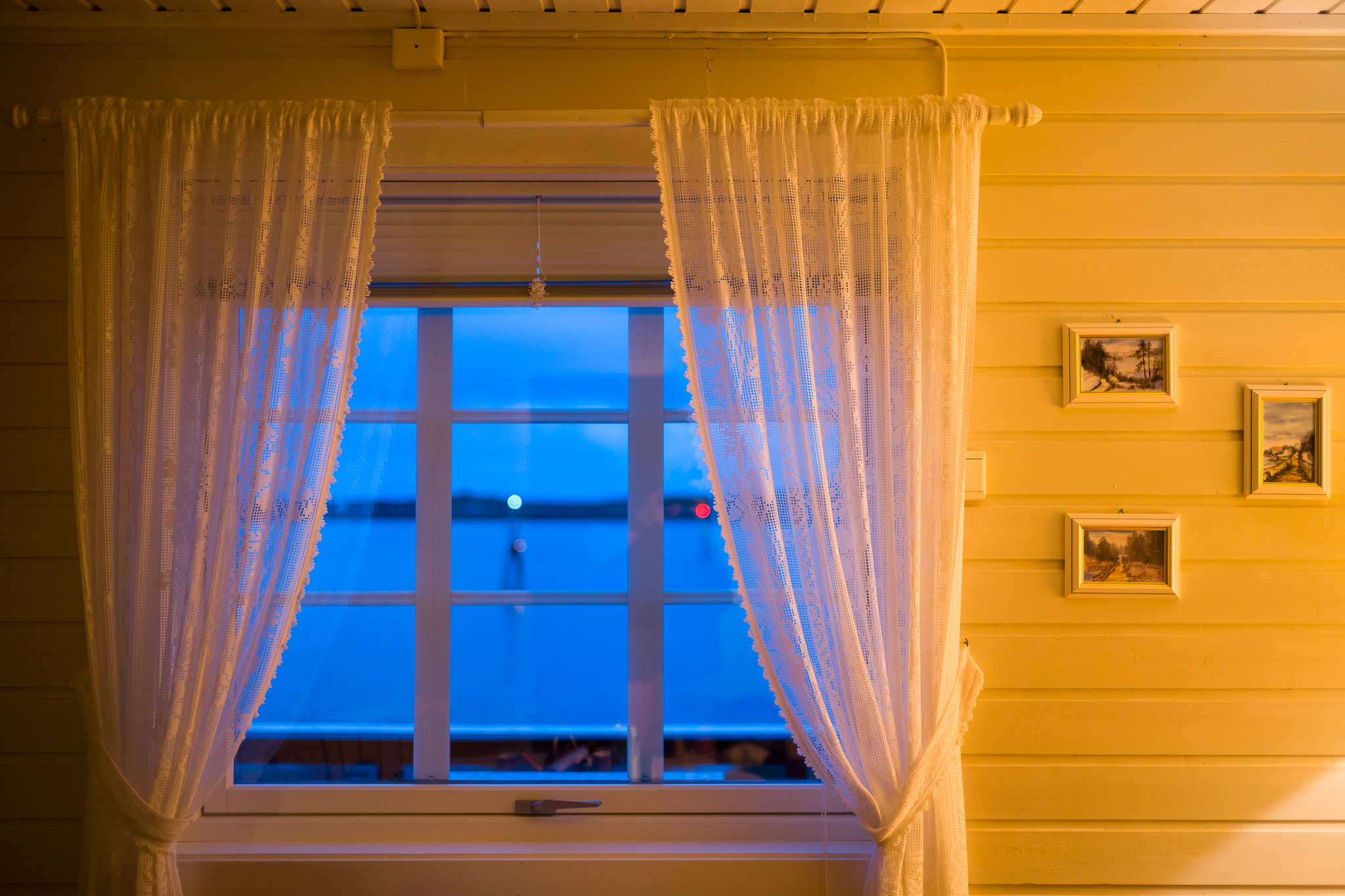
For some reason Leica made the shutter button on the M10 very tactile and clicky. It’s far more tactile and clicky than the shutter release on the M240, and especially so if you compare it to the M9-series cameras. You would maybe think this is a good thing? If you do then I wholeheartedly disagree with you. The shutter release on the M10 is so clicky that it actually makes it more difficult to handhold the camera at slow shutter-speeds and get a sharp photograph. You really have to press the shutter button down to trigger an exposure, and while doing so, it’s unavoidable to introduce minor camera movement and shake. I have no idea what Leica was thinking here, but I hope they go back to a smoother and less clicky shutter release button on future M’s.

Talking about shutter releases takes me to the shutter itself, and how it sounds. I do wish the M10’s sound was more muffled, and less electronic sounding. The sound of my M240 was smoother and gentler, and I miss that. Don’t get me wrong, the M10 has a fairly quiet shutter compared to many other cameras, but it’s not as nice as it should have been. Leica apparently agrees with me since they recently released the M10-P which has a significantly quieter shutter sound, something I wish was present on the M10 from day one.
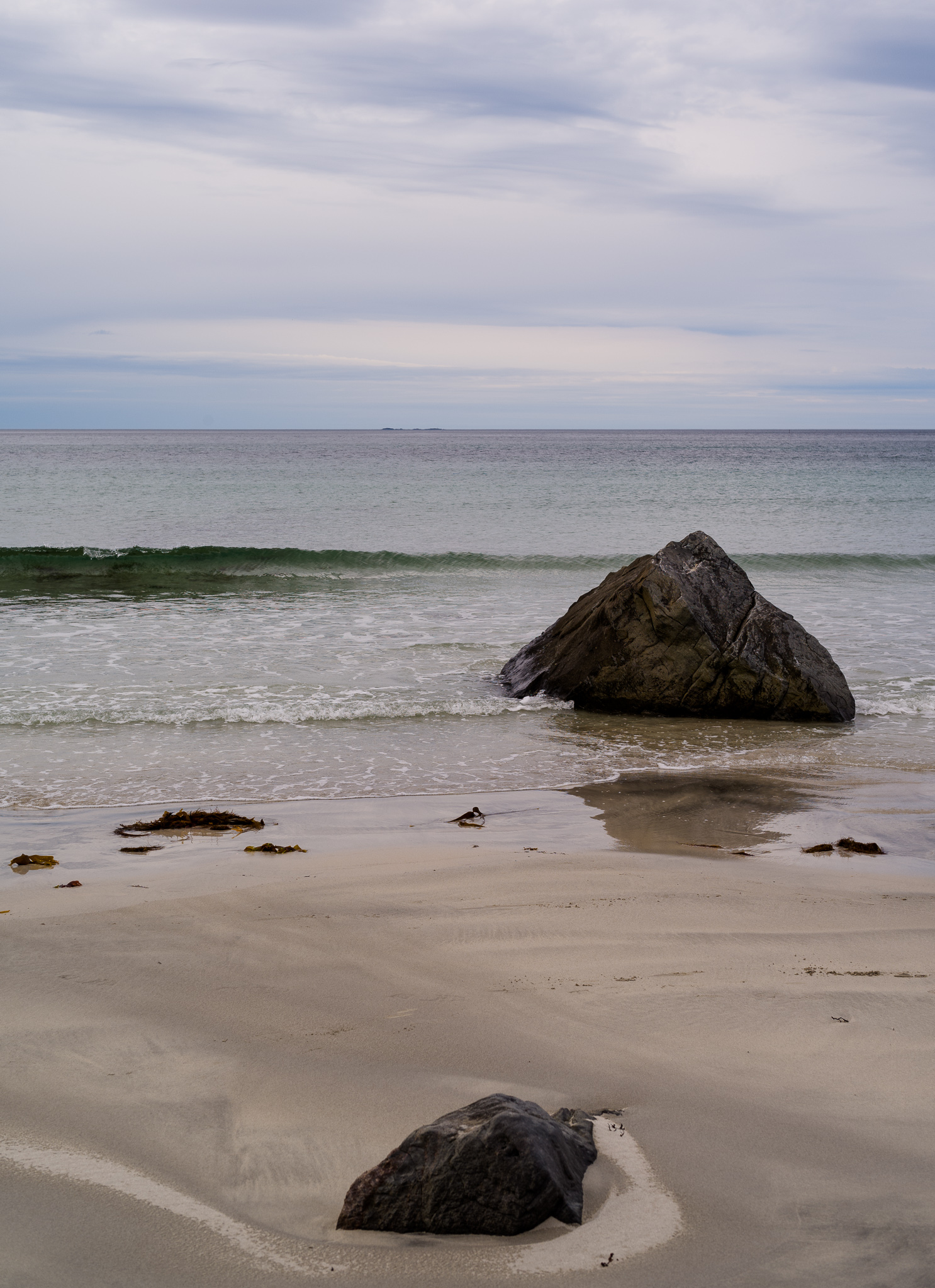
Talking about the M10-P takes me to the next point. And this is a frustrating one for me and many others. The Leica M240 had a built-in horizon levelling tool. It worked really well, and made making levelled pictures either on a tripod or hand-held a breeze. For some strange reason Leica decided to take this feature away from the M10. This made absolutely no sense to me and many others, and on the Leica User Forum I even joked about the fact that I was sure that Leica removed this feature so that they could introduce it on the M10-P as a selling feature and reason for people to upgrade later. And guess what… I was right. One of the highlighted features on the M10-P is the reintroduction of the built-in horizon levelling tool. The removal of this feature was, to put it bluntly, completely stupid on Leica’s part in the first place. What were they thinking. I guess someone in Wetzlar just took the simplification process too far, or, the reintroduction of the feature in the M10-P was planned all along. Regardless of the reason, the removal of this feature was a mistake that I hope won’t repeat itself again.
One nice upgrade on the M10 was the use of Gorilla Glass for the read LCD screen. This should make the screen far more durable compared to screens with regular plastic covers. Gorilla Glass is the same type of glass that iPhone’s and many Android phones use. It’s not completely scratch-proof, but it’s far more resistant to scratches than regular plastic. Personally I have scratched many gorilla glass surfaces in the past myself, so immediately when I received my M10 I attached a glass screen protector from Expert Shield. I’ve used Expert Shield for several years, and I’ve always been pleased with their products, and especially the fact that they replace your item with a brand new item if you some how messed up the application of the protector.
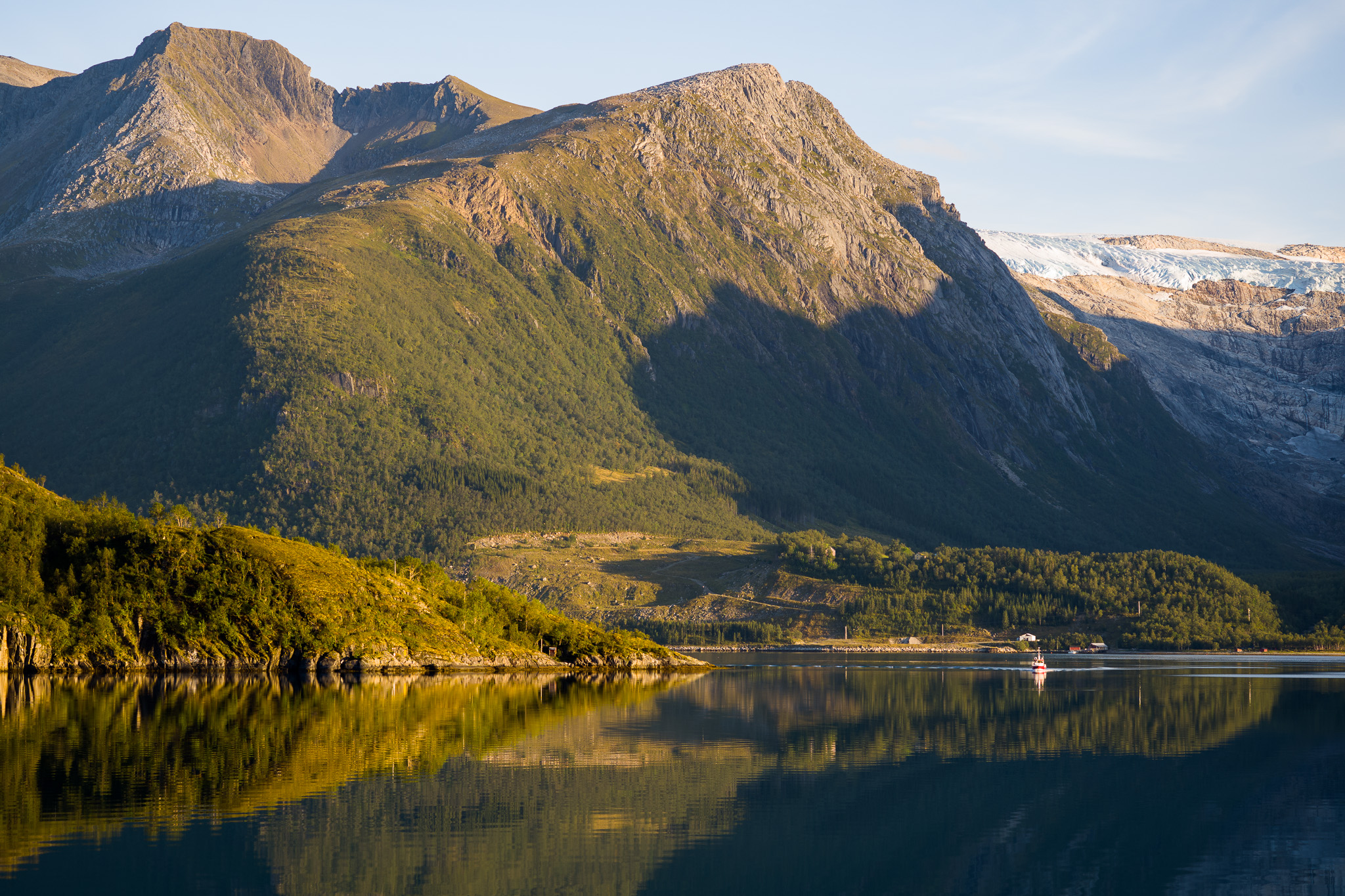
Another nice improvement on the M10 over the M240 is the introduction of movable focus points while using live view or the EVF. While you were using live view or the EVF on the M240 you were still restricted to focusing with the center focusing point just like if you used the optical rangefinder. Seeing as the live view and EVF is all electronic I always stated the fact that the focus point should be movable, since it’s basically just an electronic magnification of a chosen area in the video stream from the sensor anyway. I always hoped Leica would be able to introduce this into later firmwares of the M240 but it never happened. Now on the M10 this is finally implemented, and while using live view or the EVF you can now move the focusing point around wherever you want to and magnify that area for precise focusing so that you don’t have to focus and re-compose and compensate for the field curvature of the lens or the camera movement and re-positioning.
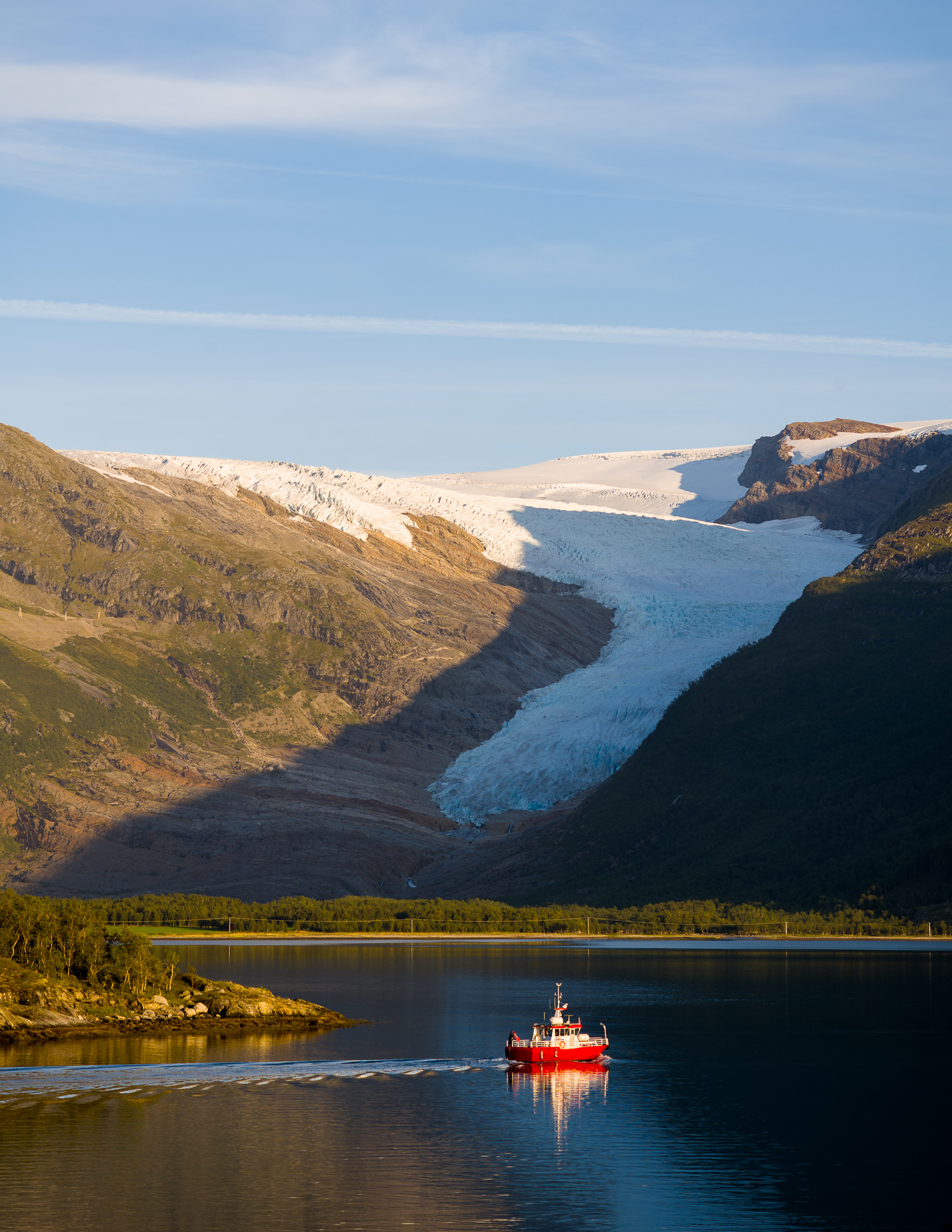
The M10’s d-pad isn’t the best d-pad I have used. It’s very stiff and clicky, and it’s not the most enjoyable d-pad to move the focusing point around with. Also, there is no way to reset the focusing point to the center of the screen if you’ve moved it. To get the focusing point centered you have to turn the camera off and then turn it on again, which isn’t an ideal solution. Again we return to the introduction of the M10-P and the introduction of a touch screen which allows you to simply use the touch screen to set your focusing point, which is probably a far better solution than using the M10’s d-pad. With one exception: the touchscreen doesn’t work if you have gloves on. Oh well, I guess we can’t have it all. A joystick would be preferable, but I can understand that it doesn’t really fit into the Leica M design philosophy.
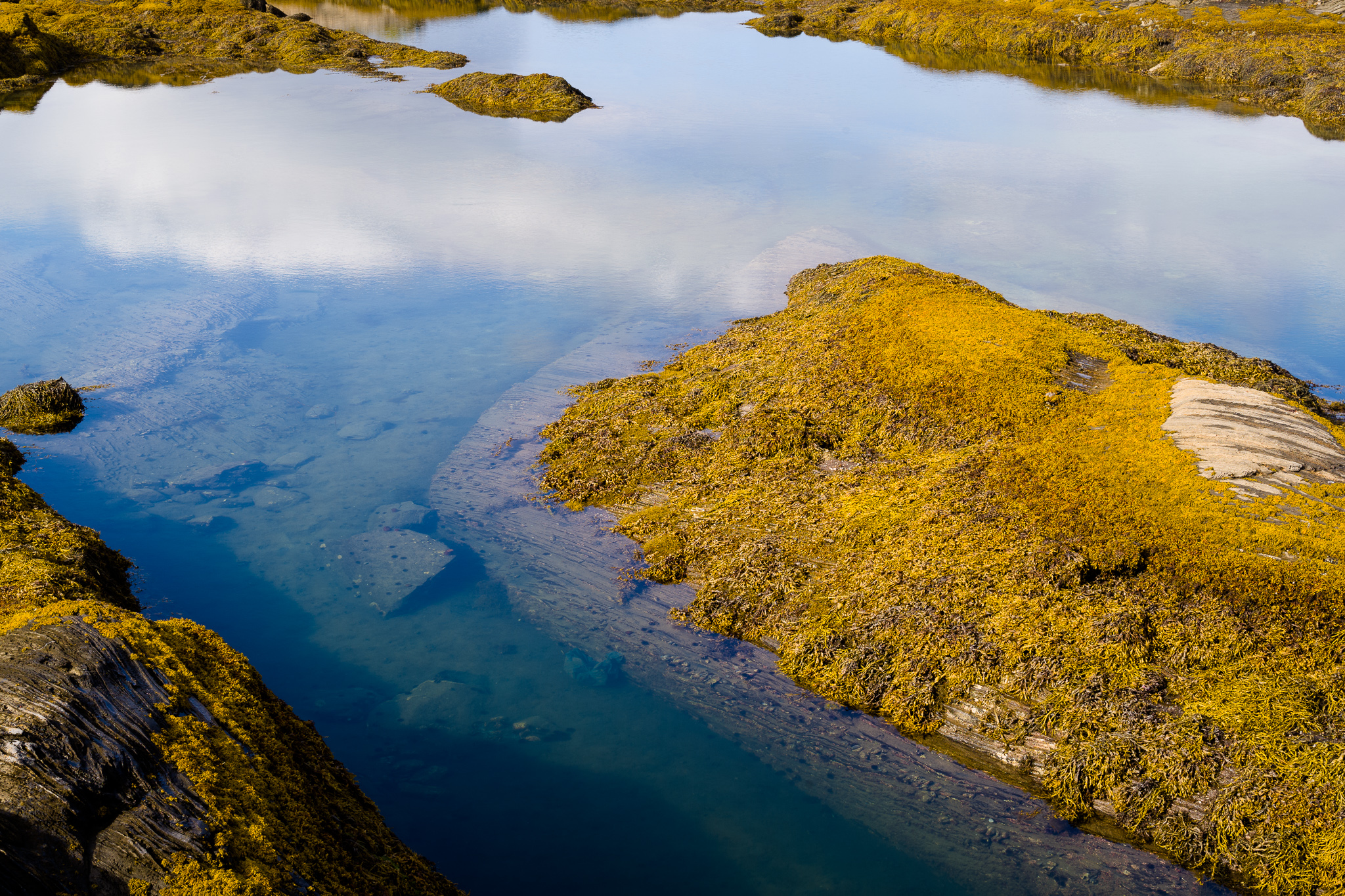
According to Leica the M10 has improved weather sealing when compared to the M240. I have personally used my M240 in all sorts of conditions, at temperatures at around -30 celsius, in the rain, in the cold winter and hot summer, and I’ve taken with me everywhere I go. It never failed me, not once. The removal of the port for the EVF should improve the weather sealing quite a bit, but just be aware that no Leica M lens has sealing around the lens mount, so regardless how well the body is sealed the lens mount will always be the place where water might easily enter the camera. This isn’t a Canon EOS 1DX II, so don’t treat it like one. I wouldn’t be worried about getting the M10 a little wet now and then but I would never go out in a rain storm with it without covering it up with my arm or a plastic bag.

The finish of the Leica M10 is different than on the M240. For some reason my Leica M10 seems to have a thinner finish than any other M camera that I’ve owned. The finish starts to “silver” pretty quickly along the sharp edges. This camera won’t brass, since the finish is chromed. But still. It seems like the finish wears quicker than I’ve ever seen an M wear before. This might be unique to my sample, but I’ve read a few other comments from M10 owners saying the same.
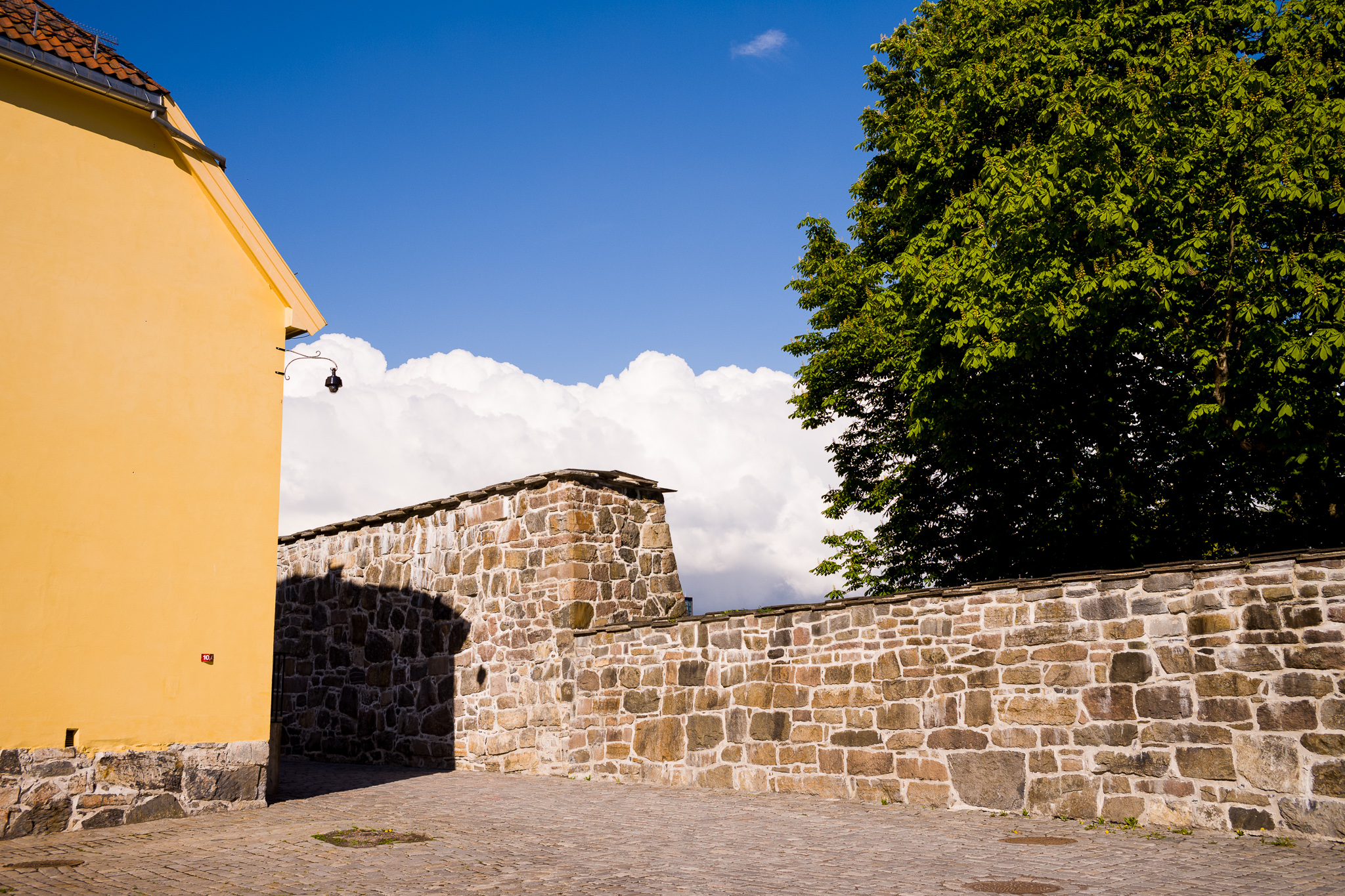
The M10 has wifi now. That’s great, and it works OK, although it’s kinda slow to transfer and connect, but it works reliably when the connection is established. The Leica M app is only available on iOS and it isn’t the best app out there, but Leica is introducing a new cross-platform app called “Fotos” in the near future, which looks to be much better. It’s nice to be able to beam a photo or two over to your phone and post to social media while you go. It’s not a feature I use often but I like that it’s there.
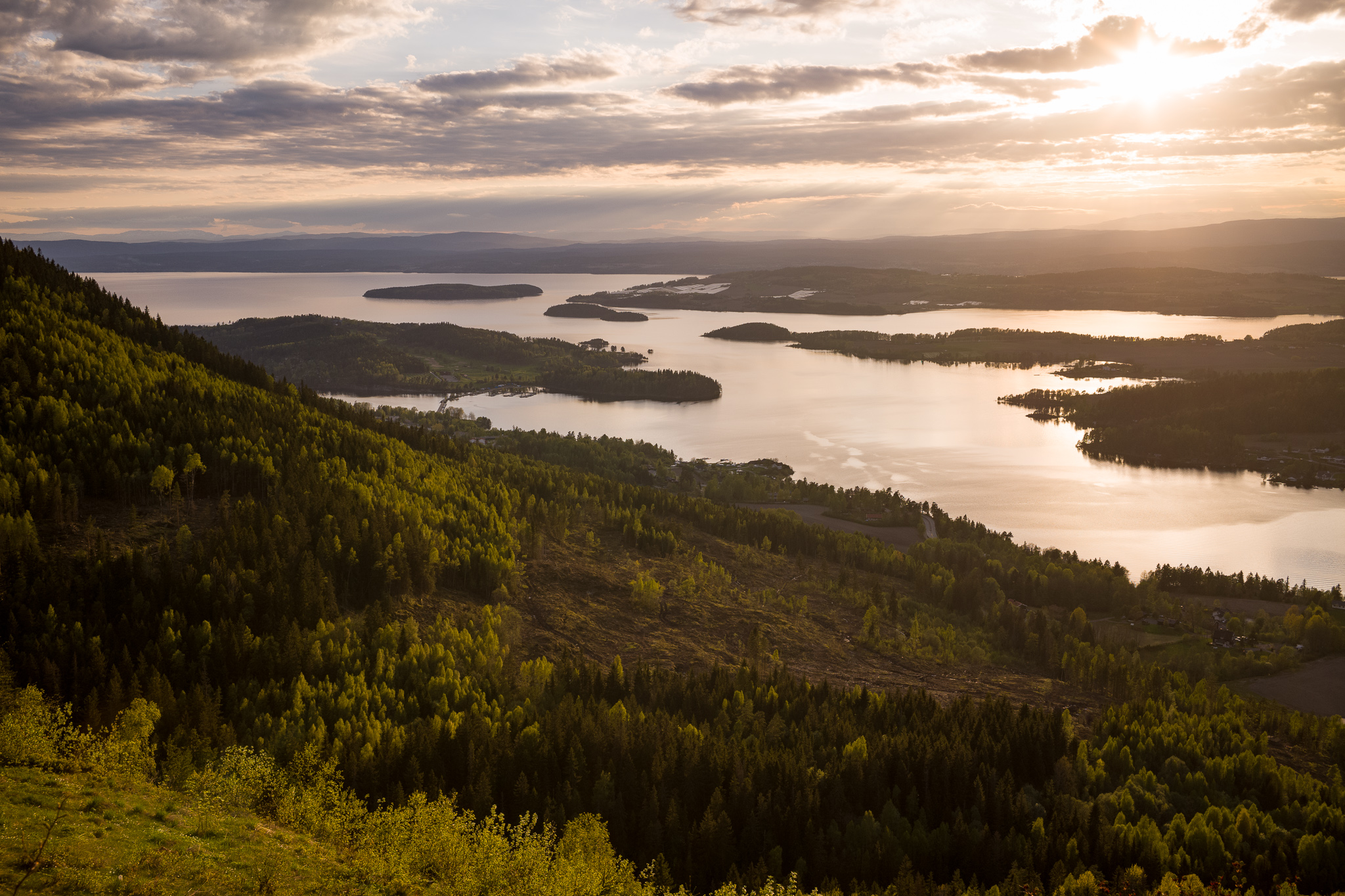
Attaching the EVF on the M10 feels… wrong. I frequently used the EVF on my M240 and it worked well. But the EVF for the M10 is by comparison a rather large and bulky item that partially covers up the shutter speed dial which is really not a good thing. The EVF is also very cheaply made, with thin and hollow feeling plastic that scratches easily, and it costs a fortune for what it is. I do not recommend it. The EVF includes GPS tagging capabilities which is nice, but the problem is that the camera uses a ton of battery while using the EVF and the GPS at the same time. And it takes forever for the GPS to acquire a GPS fix on your location after turning the camera on. So unless you walk around with the camera powered on all the time, the GPS unit will need to find a signal every time you want to make a photograph, which doesn’t really work well when it takes forever for the GPS fix to be acquired. And since the M10 uses tons of battery while using the GPS and the EVF you are most likely gonna turn the camera off after making an image – each and every time to preserve the battery. The inclusion of a GPS is a nice idea but a poor execution. And it should have been in the camera body itself and not relied on the EVF.
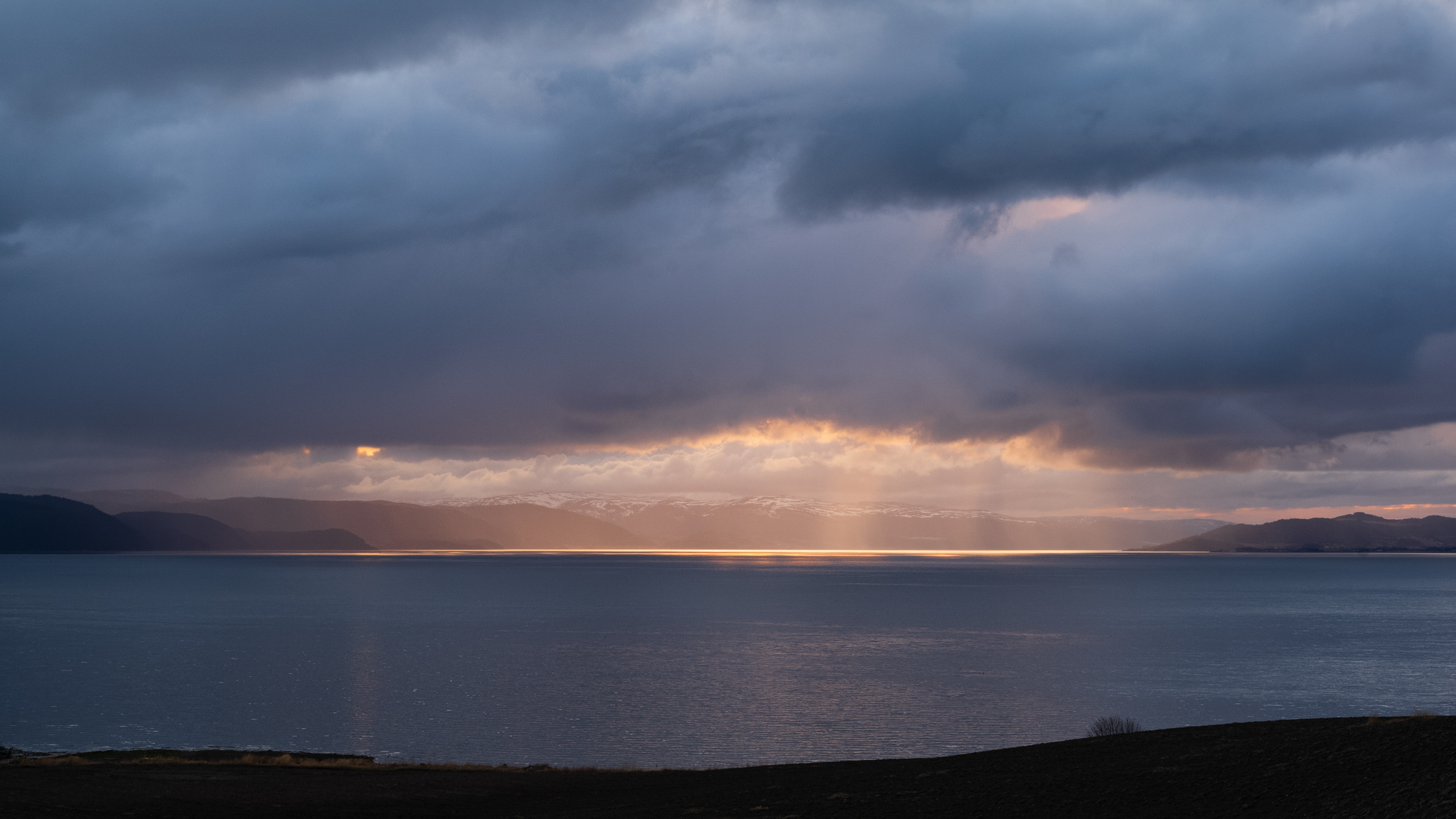
Despite all the flaws and quirks with the M10, it’s still one of my favorite cameras to use and work with in many ways. No other camera (except my analog Leica MP) speaks to me as much as the M10. It’s a camera that I love walking around and making photographs with. It makes me feel excited and inspired. It’s a joy to use. The simple operation of it is liberating coming from any other modern mirror-less camera. It’s built just like any other Leica M is built, and it feels solid and sturdy. The tactile feedback of all the buttons (minus the shutter button) makes the camera a joy to use compared to most other modern cameras. I think the sensor performs great for a 24 megapixel sensor, and I rarely, if ever, need more than 24 megapixels. The dynamic range is there, there colors are there, the feel and the vibe of the photographs are there, but the last part is a result of the excellent optics that you can attach to the M10. The biggest selling point for me are the lenses that are available for the Leica M mount. The glass is very unique, and render images in such a pleasing way that is very unique to Leica. The lenses are also wonderfully compact and light-weight, which makes it a system that is very comfortable to carry around.
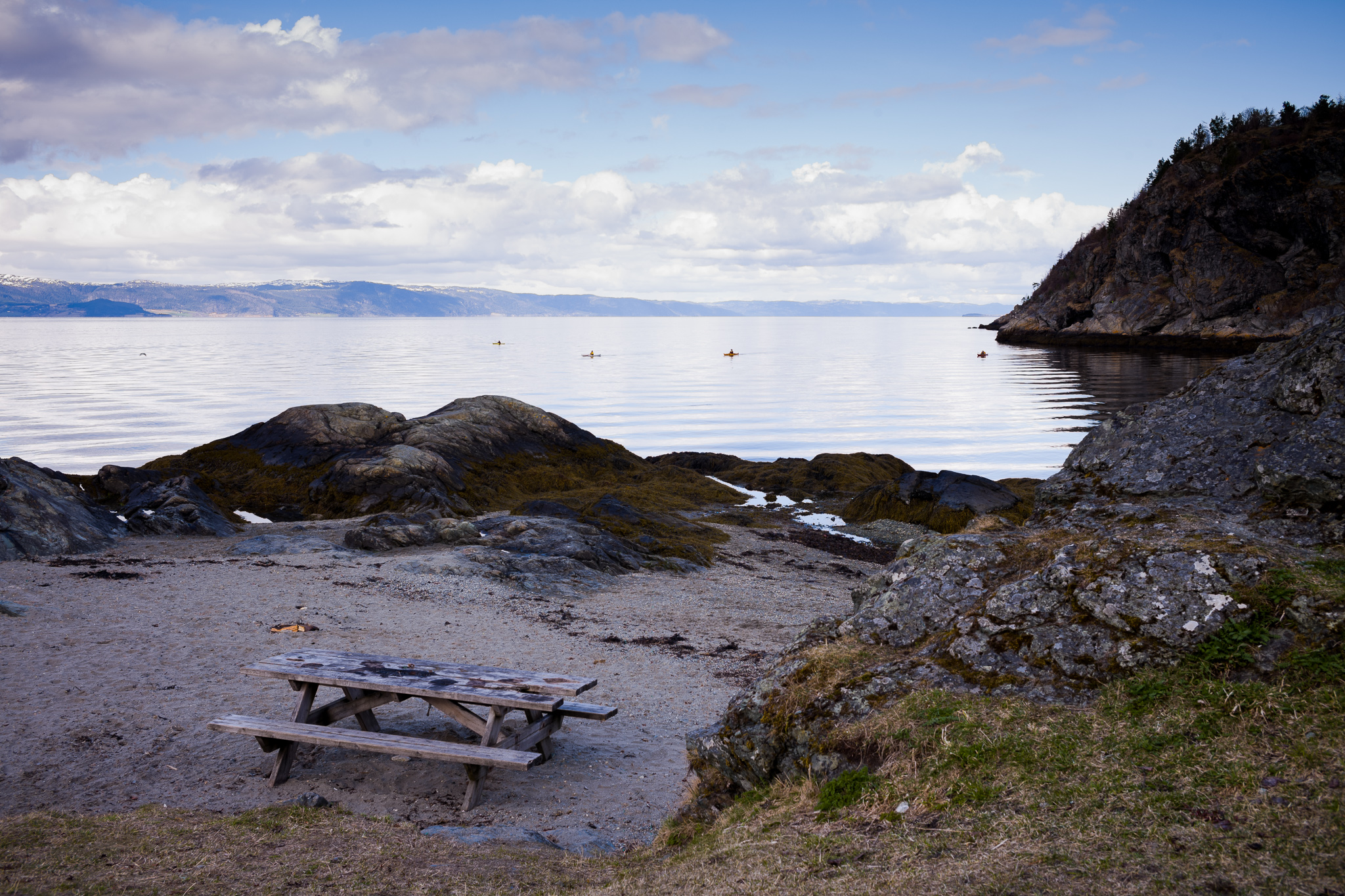
The sensor and the technology in the M10 might not be comparable to the best sensors and processors in other cameras on the market these days, but a sensor or processor alone won’t be able to make any photographs. You need lenses too, and the lenses is the more important part of the package in my opinion. A high megapixel count is a waste if you mate it with lenses that perform poorly. And this is where the M10 really shines. Leica glass has an extremely high standard and a very high and consistent quality that I haven’t seen in any other system while also maintaining a very compact size – and the quality is consistent across all available focal lengths. A Summilux 35mm f/1.4 ASPH FLE is an extremely high performing but compact and light-weight lens, and if you were gonna try and find an equivalent lens on a Sony, Canon or Nikon, the size and weight would be enormous, and not really ideal for daily use for non-professionals.
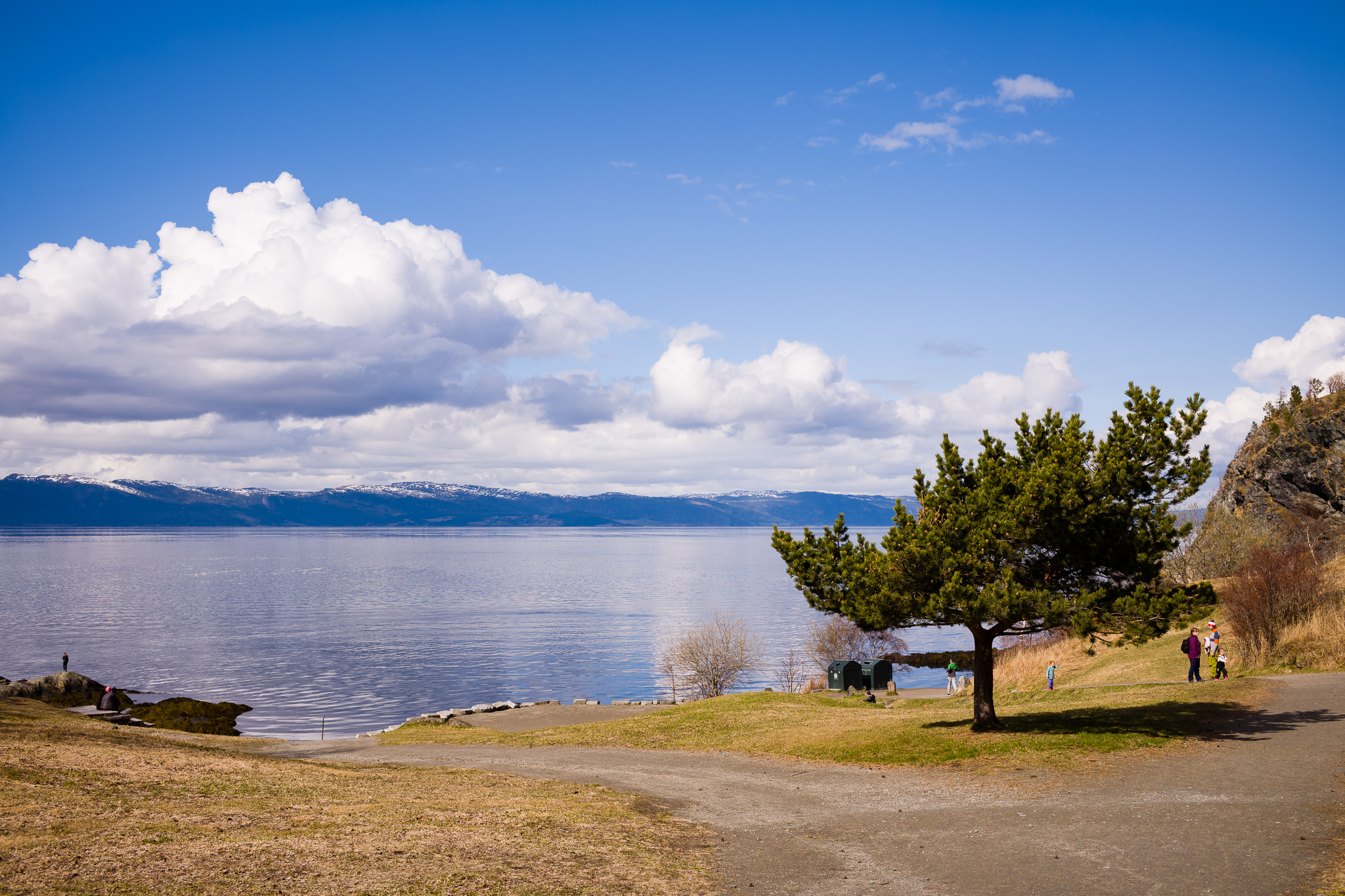
The combination of light-weight, compact and high performing lenses that attaches to a decently high performing body that is a joy to use is a winning recipe for many Leica users. And it doesn’t look like that’s gonna change any time soon, considering that the lenses for other mirror-less systems tend to become bigger and bigger. And that’s what’s gonna keep setting the M system apart from all other systems in the future. And that’s what’s keeping me in the Leica M system also. It’s the lenses more so than the camera body.

If you’re considering purchasing a Leica M10, and you feel that my review helped you make that decision, I would appreciate if you could look at the purchasing options via my Amazon affiliate to support my site:
Purchase a Leica M10 in Black
Purchase a Leica M10 in Silver
Purchase a Leica M10-P in Black
Purchase a Leica M10-P in Silver
Purchase a Leica Visoflex EVF
Purchase an original Leica BP-SCL5 battery for the M10
Purchase an Expert Shield Glass screen protector for your M10
© Børge Indergaard 2018. All rights reserved.
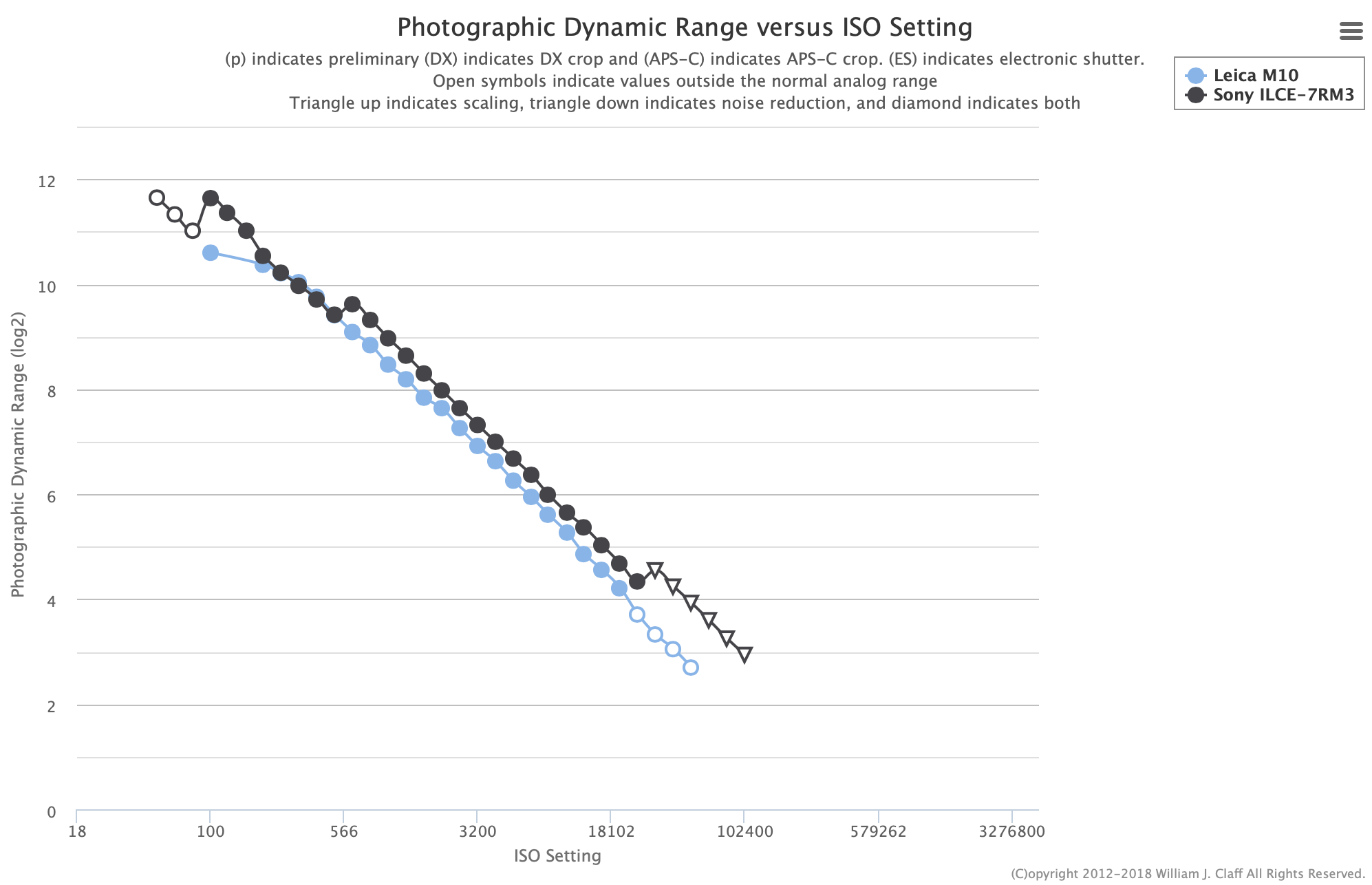

7 Comments
Join the discussion and tell us your opinion.
Nice review. Its middle 2020 and im reading it now. M10 is my first M and first Leica. I have never ever tought about those negative aspects you pointed out. Nice shutter sound, nice Iso dial, nice menu “wheel”. Noice reduction added on dng-s? Ok. Should have a look. Level tool? Never missed something like that. Paint wearing out too fast? No brass? I have nothing to say. Dont really understand that. Maybe im too newbie and dont care such. Its a tool for me. Pretty nice looking and simple tool. And basicaly reason for moving to this brand from.
Borge Indergaard has an incomparable eye for composition, the soul of a philosopher, and computer skills beyond comprehension.
Thansk Stuart, that is very kind of you to say, and it was very uplifting to read today. I hope all is well with you.
I must say, your very specific and well-reasoned analysis gives your review an exceptional level of usefulness! Plus, your approach to saturated color is uniquely attractive to me – excellent work.
Thanks Bob! I’m glad you like it.
Thank you for this detailed report on the basic M10. You have raised good points.
I have been to the Lofoten Islands so I have an extra appreciation of some of your images.
Thanks, I’m glad you appreciate the images. It’s a lovely place indeed!